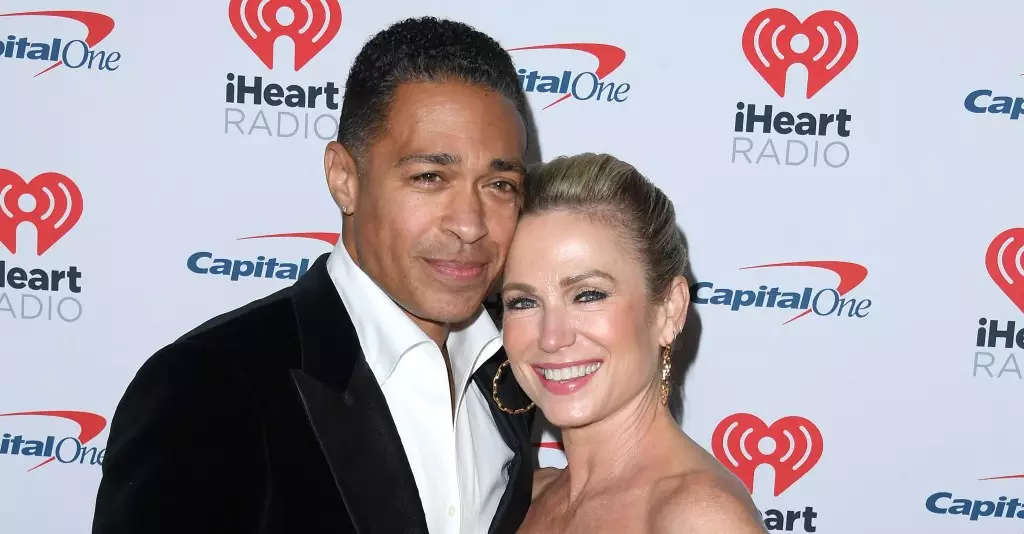In recent days, a moment that should have focused solely on the devastating wildfires in Los Angeles turned into a spectacle of fashion critique and media scrutiny. ABC News anchor David Muir’s on-air appearance, specifically a viral image showing him utilizing a clothes pin to shape his rain slicker, has sparked a firestorm of comments and criticism. With the flames of wildfires raging behind him, Muir seemingly made a deliberate choice to prioritize appearance over the tragedy unfolding. This decision did not go unnoticed, leading to significant backlash from both peers and public figures.
Highlighting Unfortunate Timing
The timing of Muir’s attention to personal appearance during a crisis raises questions about the responsibilities of news anchors amid disaster coverage. In an episode of their podcast titled “Does This Fire Make Me Look Fat?”, T.J. Holmes and Amy Robach drew attention to the problematic nature of Muir’s actions. Their initial agreement that Muir deserved the backlash showcases a shared frustration amongst journalists regarding optics that can distract from the pressing issues at hand. Robach’s comment about concerns for one’s appearance amidst tragedy underscores the ethical obligation of reporters to prioritize sensitivity and respect for those affected.
A Wider Discussion on Media Responsibility
The criticism Muir has faced reflects a larger conversation about media responsibility in shaping narratives around disasters. While many viewers expect professionalism and composure, the focus should also be on the human aspect of reporting. Is it enough for news anchors to simply present information? Or should they embody a sense of empathy that resonates with their audience during deplorable events? While Holmes and Robach recognize Muir’s hard work and indicate the challenges of live reporting, the episode amplifies doubts about how media figures balance their presentation with compassion.
Holmes and Robach’s dialogue about Muir resonates with public sentiment, as they discuss prominent figures like Jack Osbourne and Donald Trump Jr. who have also criticized Muir. Talking points around Muir’s focus seeming to be on personal appearance, rather than the gravity of the situation he was reporting, echo widely on social media platforms. The viewership’s interpretations reflect their broader frustrations with media presentation, potentially fueled by their own experiences of trauma or loss during disasters. This illustrates a growing expectation from the public for news reporting to remain grounded and authentic, especially when lives are at stake.
In recent years, the news industry has blurred the lines between straightforward reporting and entertainment. The superficiality seen in some aspects of news media can detract from the gravity of serious situations. Critics argue that focusing on aesthetics can reduce the impact of crucial stories, painting anchors in a more self-centered light. Nevertheless, as noted by Holmes, there are many elements involved in live reporting; the logistics and demands of being in front of the camera can lead to these seemingly superficial priorities.
Evolution of Audience Expectations
Ultimately, this incident highlights the evolving expectations of audiences in today’s media landscape. As viewers become more vocal about the representations they see, anchors like Muir will need to adapt to remain credible voices during crises. The incident serves as a reminder that the personal appearance of journalists must not overshadow the messages they convey or the tragedies they cover. The line between personal branding and professional responsibility requires careful navigation.
The controversy surrounding Muir reveals not just a moment of awkwardness in media presentation but also prods at deeper questions of ethical journalism. As the industry continues to evolve, maintaining a balance between appearance and responsibility is vital for preserving viewer trust and conveying important narratives with the respect they deserve.

